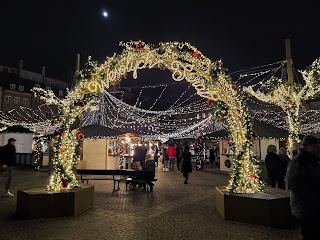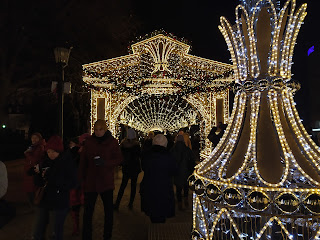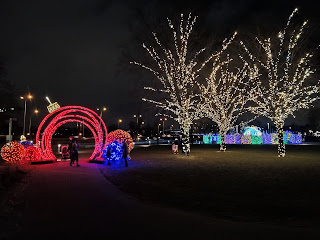„Electio viritim” means „personal choice” or
„choice/election in person”. It’s a Latin expression which pointed to the
personal participation of Polish noblemen in election of our monarchs. „Electio
viritim” is also the name of a monument which you can find at Ostroroga street in the Wola district.
While in most kingdoms or principalities power was
hereditary, in Poland it was so only to a certain extent. When the great
dynasty of the Jagiellonians left no male descendant in 1572, the Polish
parliament decided to elect their monarchs from then on. This tradition
continued until the fall of the first Polish Republic (1795). The system was a kind of
prototype of democracy, save that in Poland the right to vote was cherished
only by noblemen. Nevertheless: ALL noblemen, no matter how high or low their
standing. As long as they could afford to come to Warsaw, they could cast their
vote in the election.
We had 11 elected kings and some of them were
foreigners. The first one was a French prince (Henry of Valois, known in Poland
as Henryk Walezy; French: Henri III) – his election took place on the Meadow of Kamion in 1573 – Kamion was a village across the river.
Most of subsequent elections took place on the left side of the river, beside the village of Wola which was pointed as the election
field by the parliament decision as of 1587. The highest achievement
of “Golden Liberty” of Polish nobility, the “free election” took place here in Wola: 10
elections over the period of 200 years. And this very place is now commemorated
by the monument „Electio viritim”.
The monument was erected in 1997. It consists of a granite column, topped with a crown. In front there’s a plaque which explains
the significance of the object and the place where it’s located. Above the
plaque there are three characters shaking hands. They are taken after a 18th century painting by Canaletto: „Election of king Stanisław August”. The three men
symbolize agreement and unanimity of all nobility participating in the election
– an absolute requirement for a king to be elected (although not always
achieved, and with time substituted with ruse or military power). (the original painting can be seen in the Royal Castle – I strongly recommend the room of
Canaletto’s paintings).
Around the column there’s a semi-circle with portraits
of the elected kings.
The election field was a temporary construction, consisting of wooden buildings, set
up only for the time of the event. Therefore there are no material remains of it. What
has survived, though, are some etymological signs. The name of the Obozowa street
might derive from “election camp” (obóz elekcyjny). The name of neighbouring residential
area, a village in the olden days, Koło (Circle) comes from the "circle of knights" (koło rycerskie) where the regional representatives presided.
The monument address: Ostroroga street (at the crossroad with
Obozowa and Banderii)
The monument is located away from typical tourist
routes, but if you happen to be around it’s close to the protestant cemeteries:
the Lutheran cemetery (Młynarska 54/56/58) and the Calvinist Protestant cemetery
(Żytnia 42) just beside. Both are very atmospheric, full of beautiful old tombs
and history of Warsaw citizens.



















































